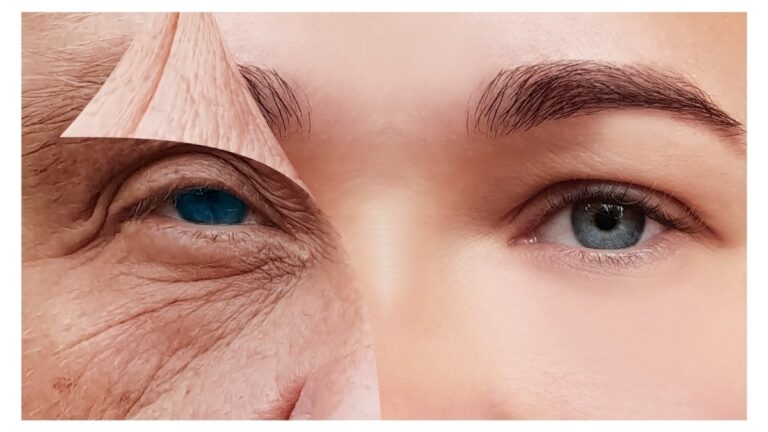Nontraditional Risk Factors Shed Light on Unexplained Strokes in Adults Younger than 50

A 42-year-old finishes a spin class, feels dizzy, and moments later is in an ambulance. The diagnosis is shocking: a stroke. The scariest part? The cause is completely unknown.
This is happening more and more. Strokes are rising in adults under 50. For up to 40% of them, doctors can’t find a traditional cause like high blood pressure or smoking.
This leaves you with a frightening diagnosis called a “cryptogenic stroke”—a stroke of unknown origin. It feels impossible to prevent.
This article will help clear up the mystery. We will explore the nontraditional stroke risk factors that lead to unexplained strokes in young adults. We will look at hidden heart conditions and blood disorders that provide real answers.

🧠 Cryptogenic Strokes: The Hidden Threat
Understanding unexplained strokes in young adults
👆 Click on each block below to learn more about hidden risk factors
The danger: Allows blood clots to bypass the lungs and travel directly to the brain.
Detection: Bubble study during echocardiogram reveals the defect.
Common types: Factor V Leiden, Prothrombin mutation, Antiphospholipid syndrome.
Detection: Hypercoagulable blood panel testing.
Triggers: Whiplash, sudden neck twisting, chiropractic manipulation, or trauma.
Detection: CTA or MRA scans of neck arteries.
The risk: Especially significant for women; indicates higher stroke susceptibility.
Important: The aura itself doesn’t cause strokes but signals increased risk.
The mechanism: Inflammation damages blood vessel walls, promoting clot formation.
Detection: Blood tests for inflammatory markers and autoimmune antibodies.
Ask your doctor about family history of blood clots, heart murmurs, or aneurysms. If you’ve had an unexplained stroke, request a referral to a specialist for comprehensive testing.
The Rise of the “Cryptogenic Stroke”: What Does It Mean?
A stroke is often called a “brain attack.” It happens when something blocks blood flow to the brain, or a blood vessel breaks. For older adults, the causes are usually well-known.
Doctors check for traditional risk factors like high blood pressure, smoking, and diabetes. But here’s the problem: many younger patients don’t have these issues. This makes finding the cause of unexplained strokes in young adults a major challenge.

Strokes in younger people are more common than you might think. About 10-15% of all strokes happen to people under 50. For 30-40% of them, doctors run every test and still find no clear cause.
This is called a “cryptogenic stroke,” which simply means a stroke of unknown origin. This is a frightening diagnosis. If you don’t know the cause, how can you prevent it from happening again?
This fear is the biggest problem. It leaves you feeling like you have no control. Finding the hidden cryptogenic stroke causes is the first step to getting that control back.
5 Nontraditional Stroke Risk Factors Doctors Are Investigating
When the usual causes aren’t there, doctors look deeper. These nontraditional stroke risk factors are often the hidden answers.
1. Structural Heart Defects (like PFO)
About 1 in 4 people have a small “trapdoor” hole in their heart called a PFO.

Normally, your lungs filter blood clots. A PFO can let a clot bypass the lungs and go straight to the brain. It’s often found only after a stroke.
2. Blood Clotting Disorders
Some people’s blood clots too easily. This condition is called thrombophilia. It can be genetic, like Factor V Leiden.
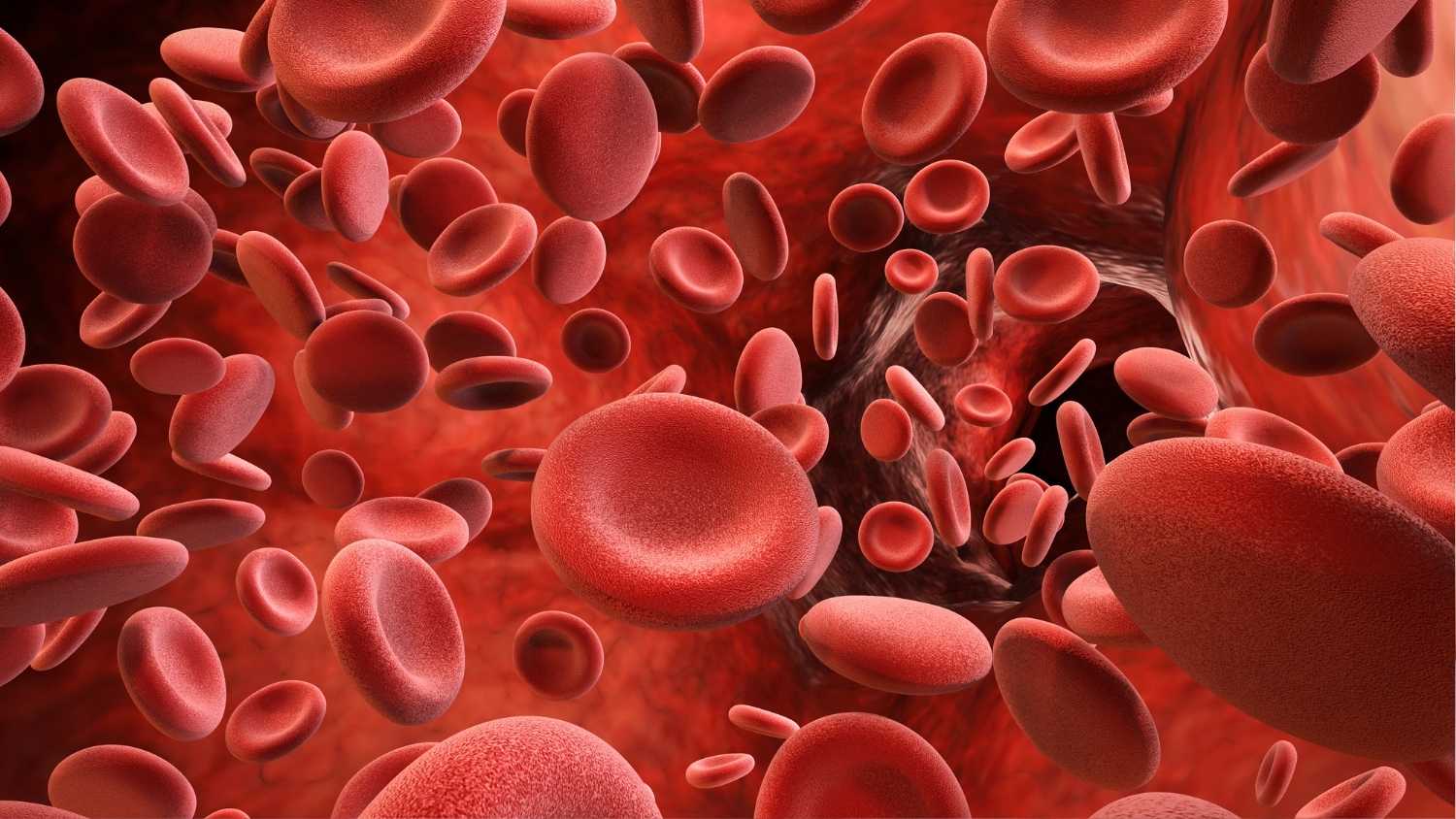
The body forms unnecessary clots. These clots can break free and travel to the brain.
3. Cervical Artery Dissection (CAD)
This is a small tear in the wall of a neck artery. This can happen from whiplash or even a sudden neck twist.
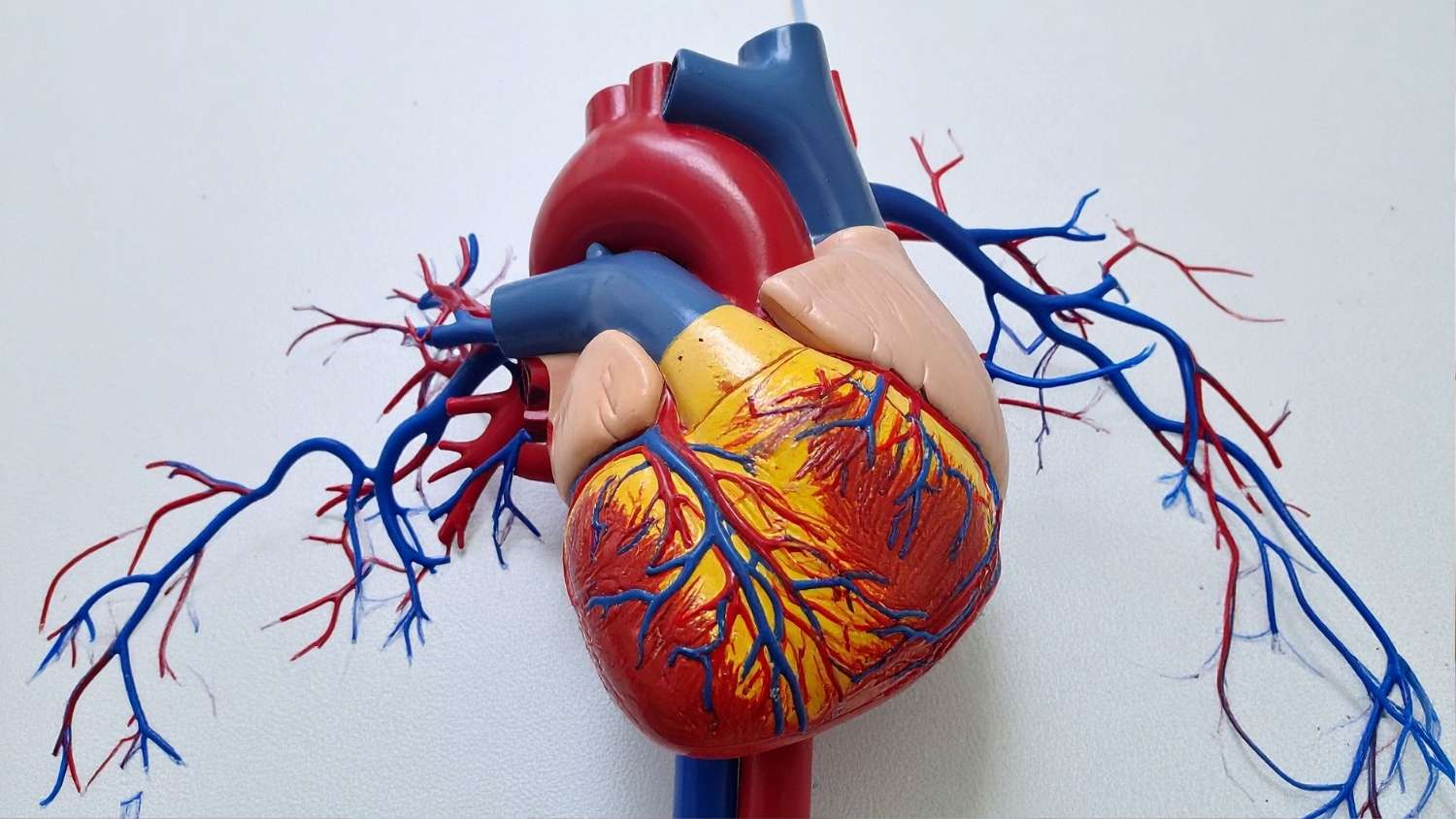
A clot forms at the site of the tear. That clot can then move up and block a blood vessel in the brain.
4. Migraine with Aura
This is a key risk factor, especially for women. An aura means seeing flashing lights or spots before the migraine.
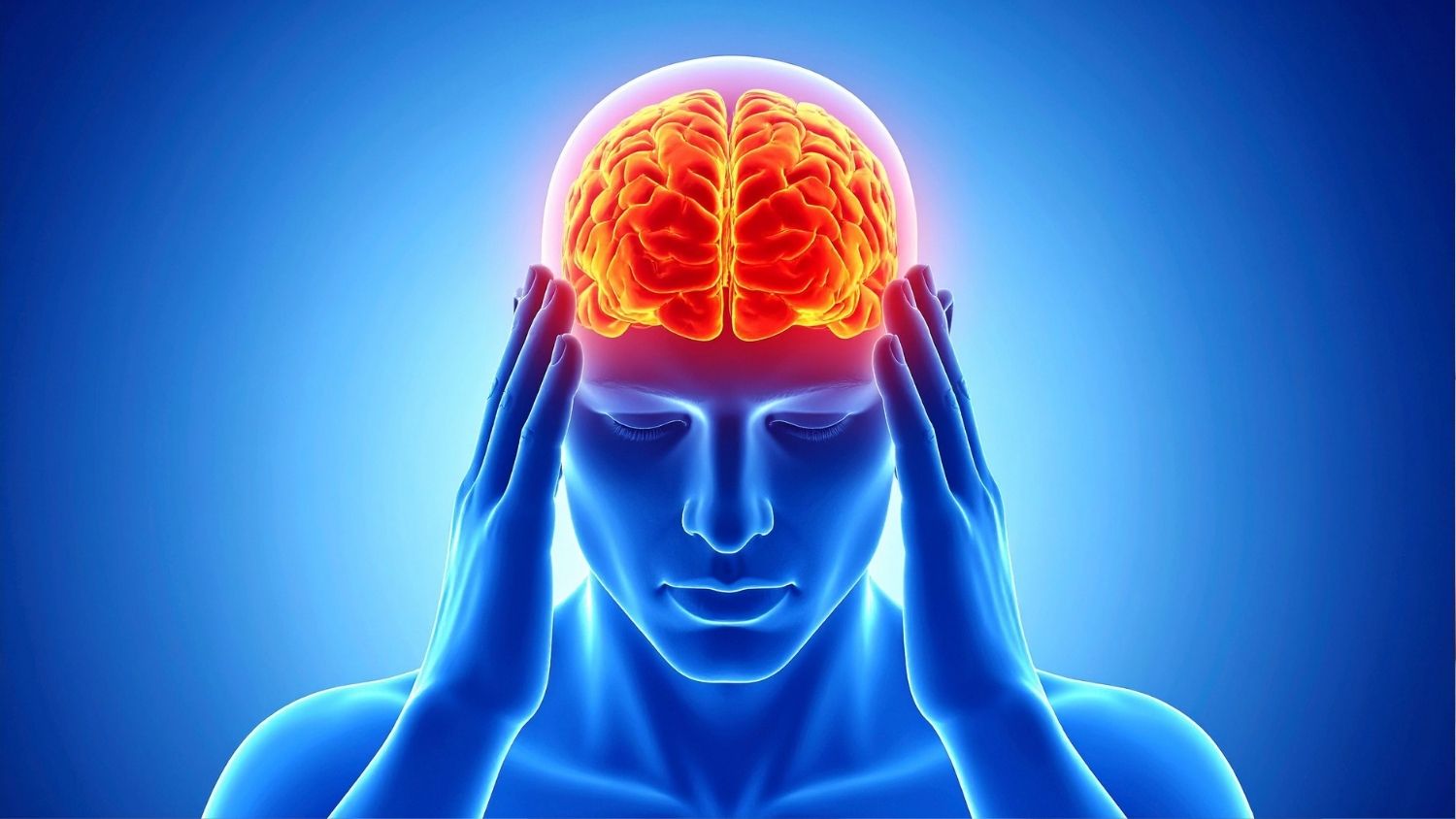
It doesn’t mean the migraine causes the stroke. It means people who get them have a higher underlying stroke risk.
5. Systemic Inflammation
Autoimmune issues like Lupus or Vasculitis can be a factor. These conditions cause widespread inflammation.
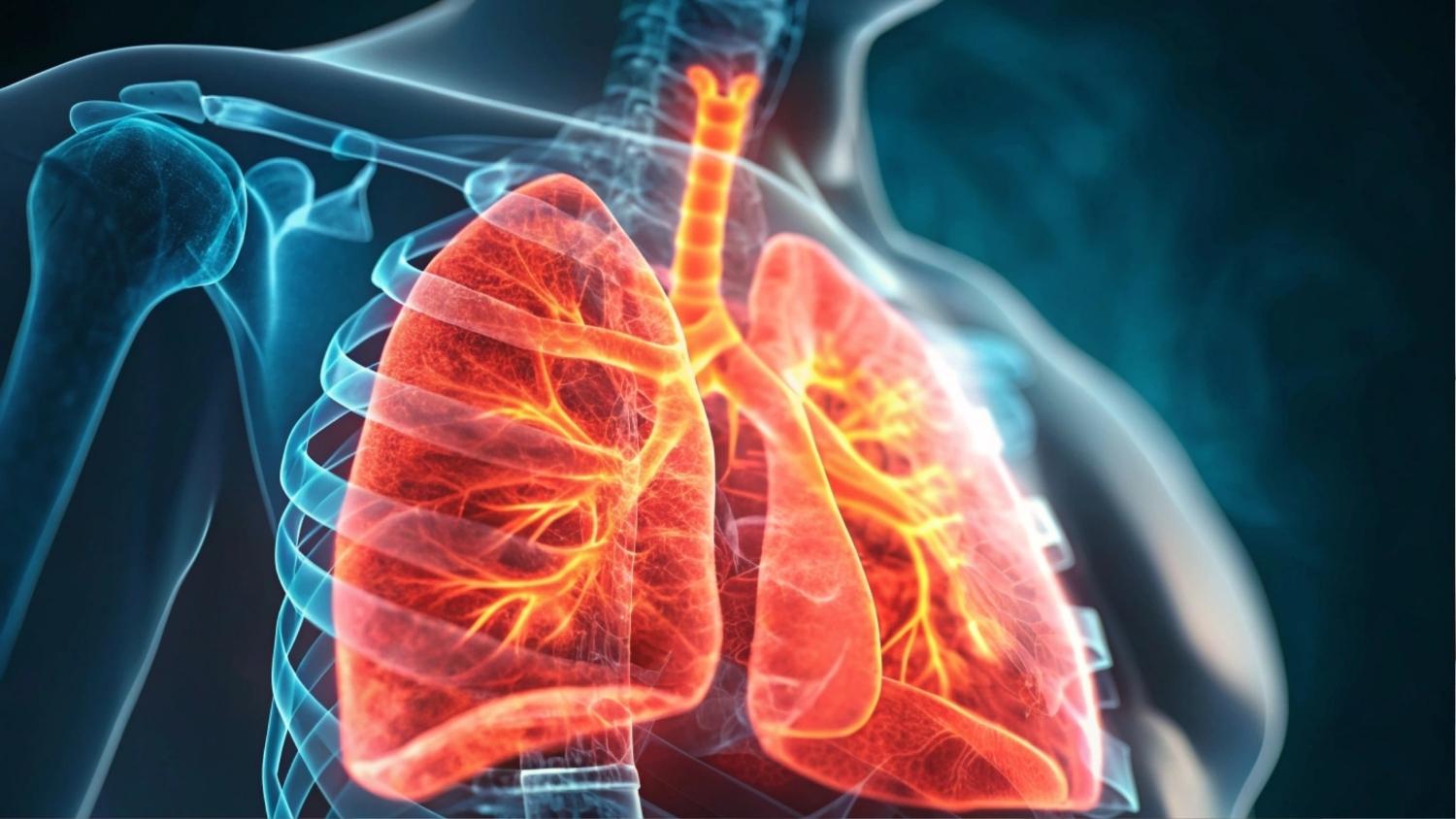
This inflammation can damage blood vessel walls. Damaged walls make it easier for clots to form or for vessels to tear
The Diagnostic Detective Work: How Doctors Find the Cause
After a standard CT or MRI scan finds nothing, the real work begins. Doctors must act like detectives to find the hidden cryptogenic stroke causes. It’s a process of elimination.
For the Heart: Bubble Study
First, they check your heart’s structure. A test called a Transesophageal Echocardiogram (TEE) uses ultrasound to get a clear picture. They often do a “bubble study” at the same time for PFO diagnosis.
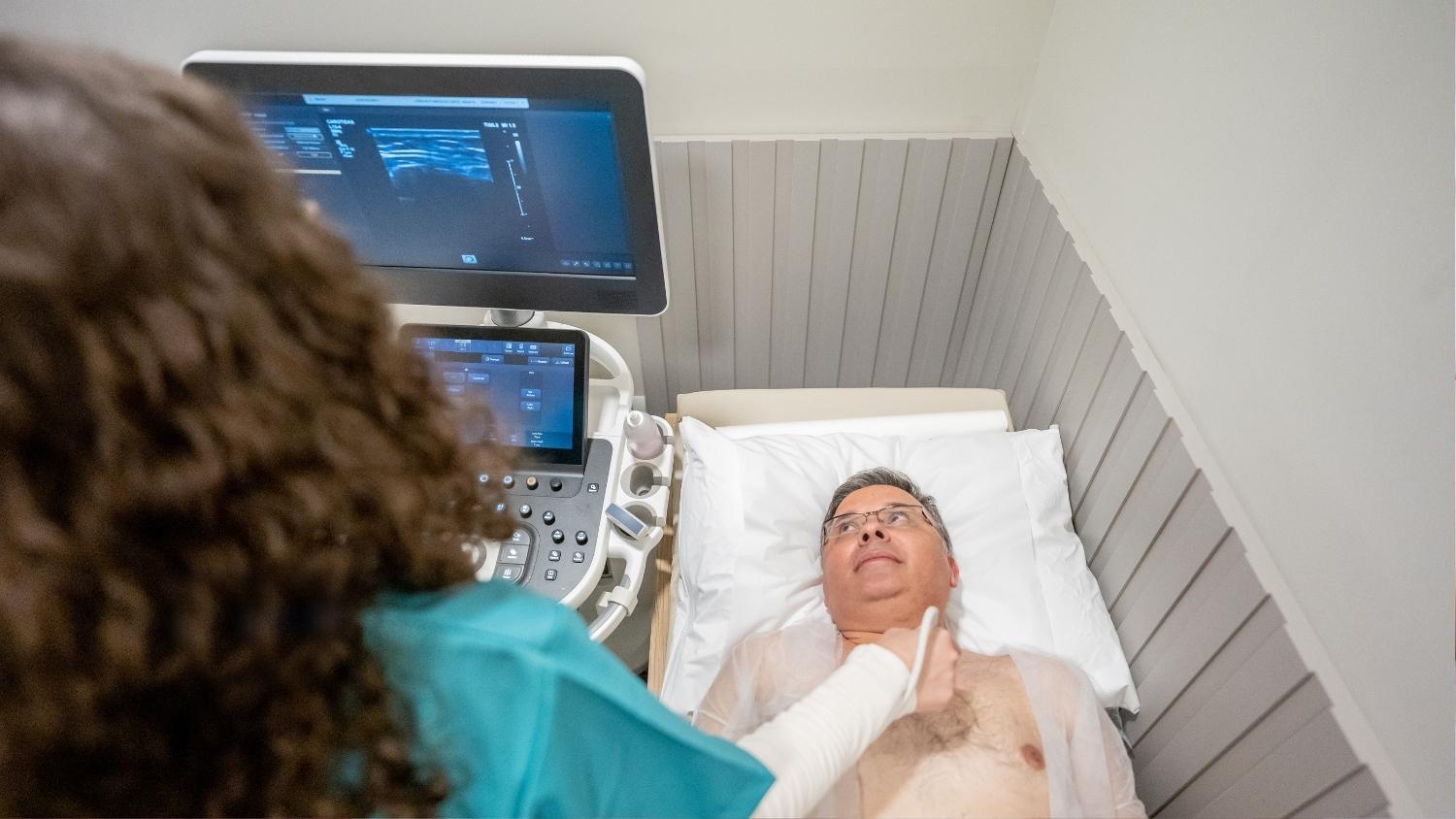
In this test, doctors inject harmless saltwater bubbles into a vein. If bubbles cross from one side of your heart to the other, it shows you have a PFO.
For Hidden Rhythms: Heart Monitor
Next, they check your heart rhythm for “silent” A-fib. This is an irregular beat that can cause clots.
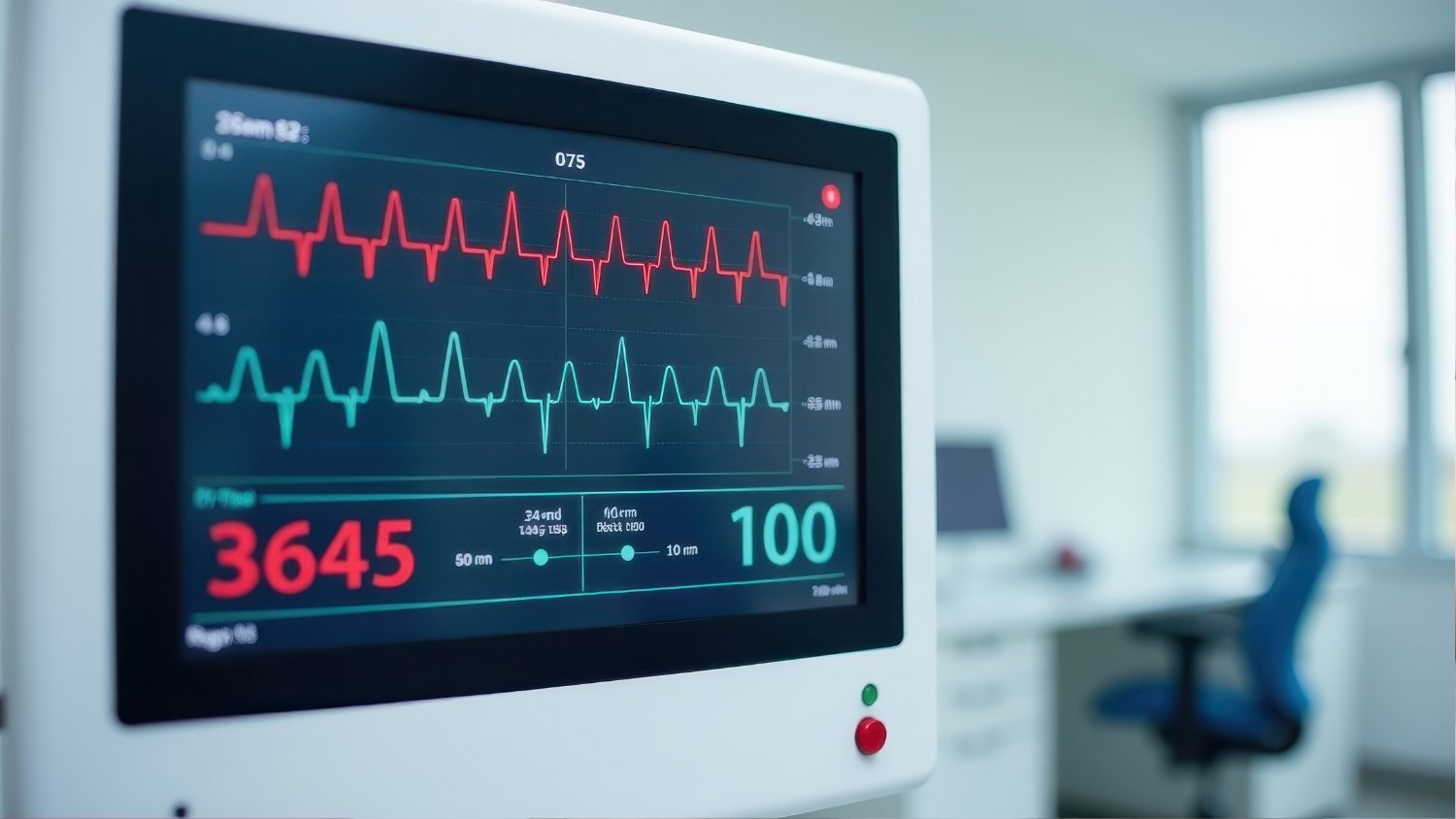
You might wear a Holter monitor for a few days to catch it.
For the Blood: Clotting Panel
They will also run special blood tests. This “hypercoagulable panel” checks if your blood clots too easily.
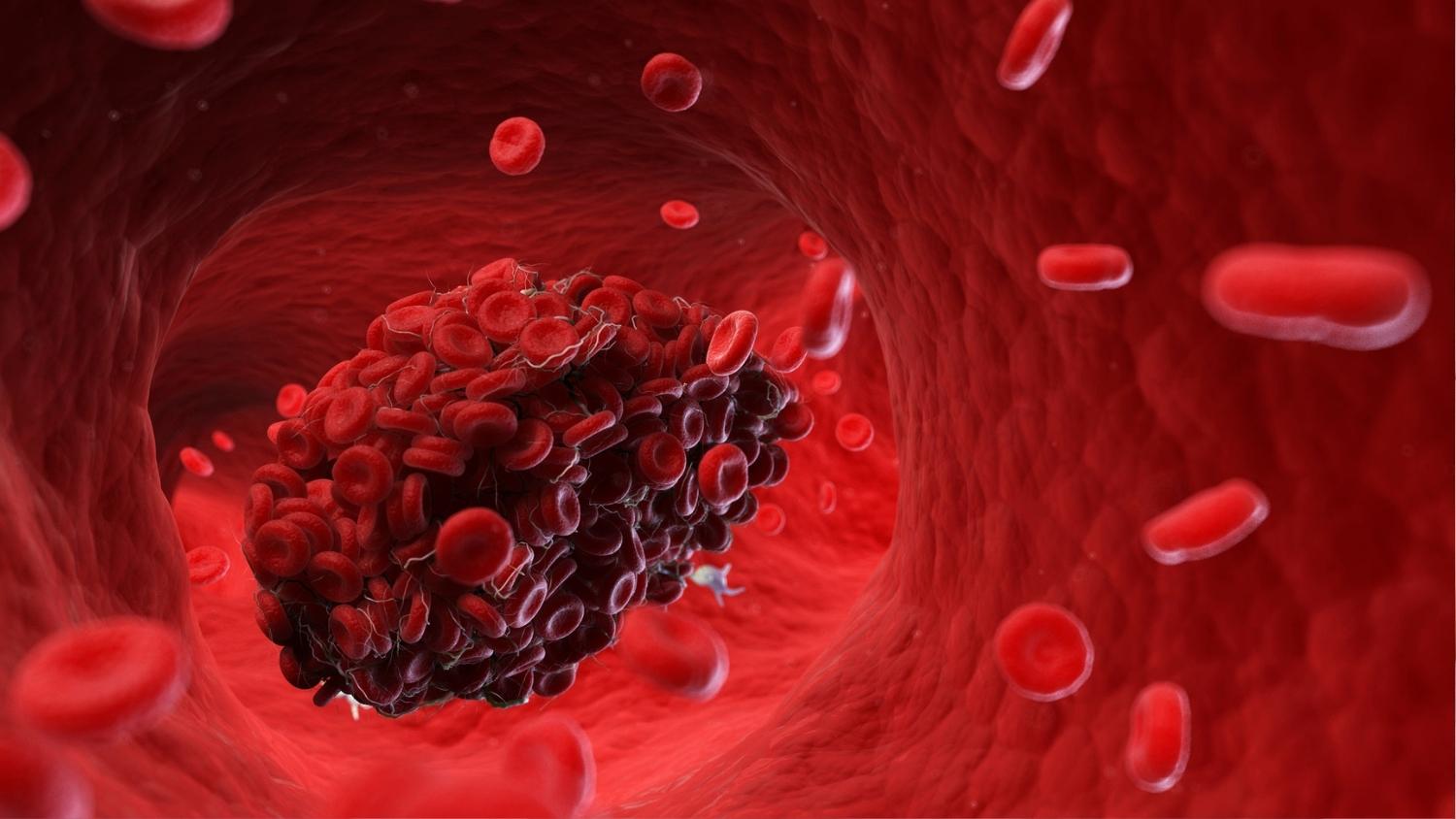
This is often passed down in a family.
For the Arteries: CTA/MRA Scan
Finally, they look for tears in your neck arteries. A CTA or MRA scan gives a detailed map of these blood vessels. This helps them spot a dissection.
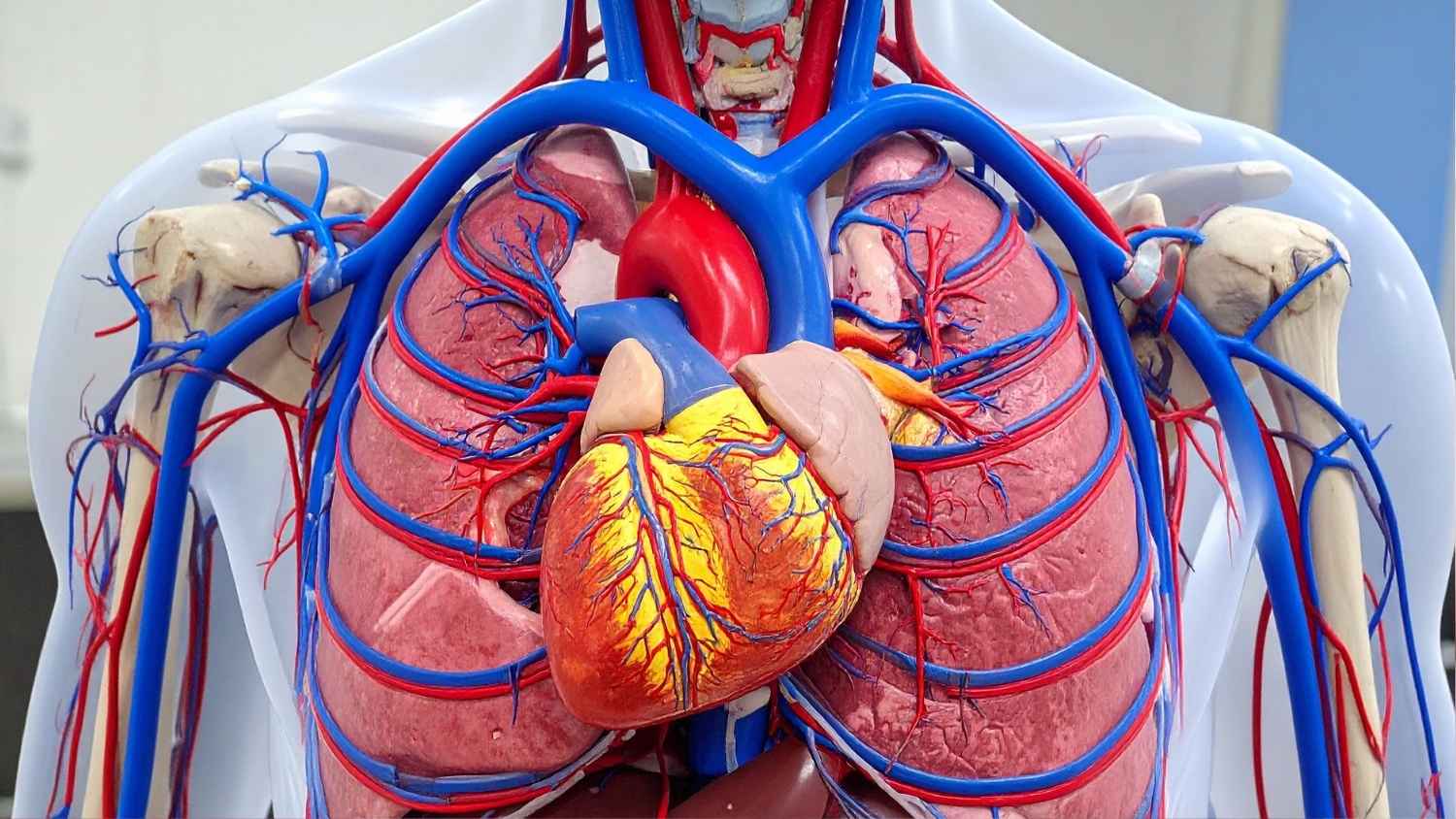
Finding the specific cause is the key to creating the right prevention plan for unexplained strokes in young adults.
How to Approach Stroke Prevention Under 50
Knowing about these hidden dangers gives you power. You can take clear, focused steps for stroke prevention under 50.
First, become a detective about your family history. Ask your parents and grandparents direct questions. Did anyone ever have “blood clots,” “aneurysms,” or “heart murmurs”?
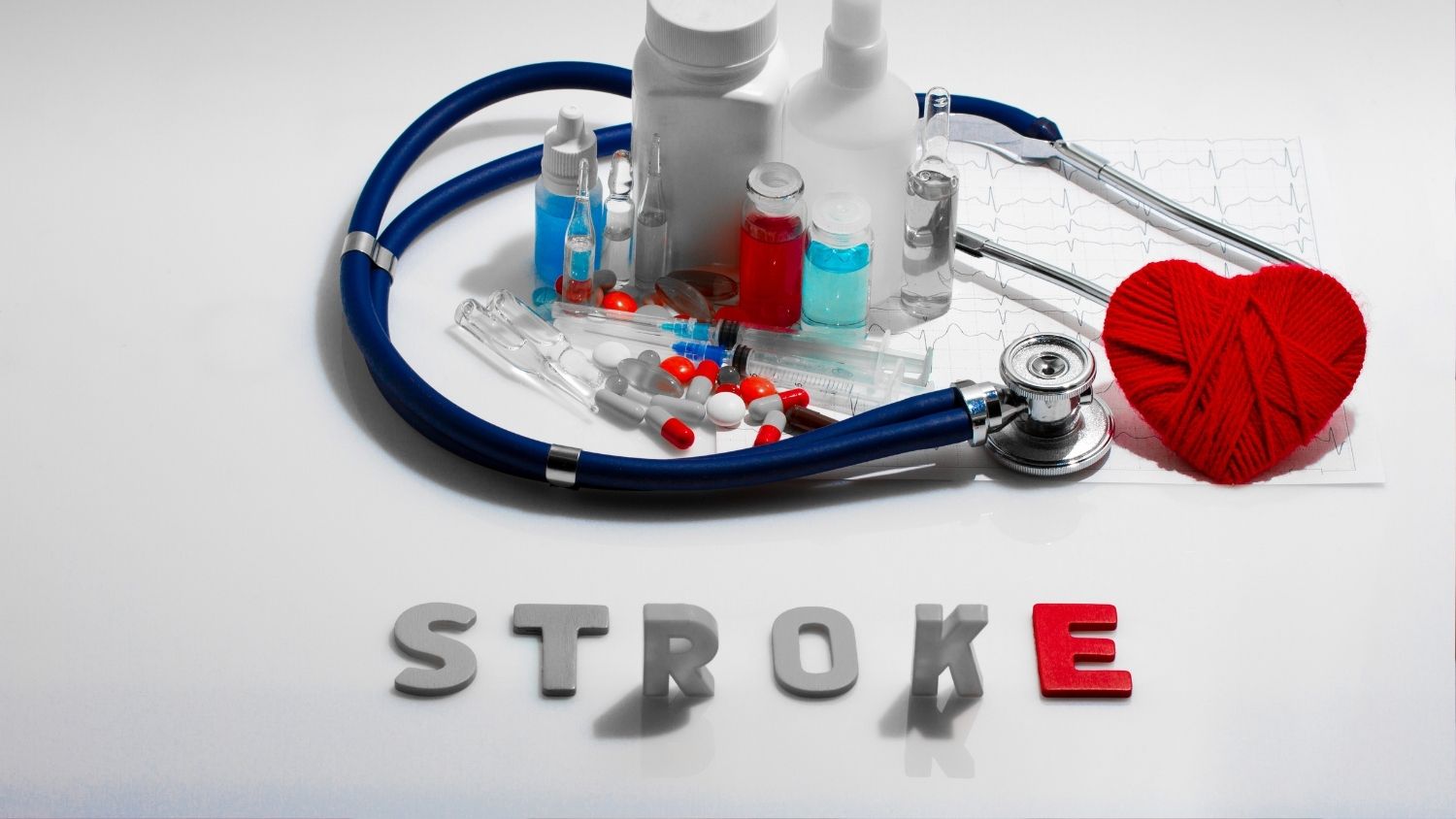
This information is vital for your doctor. It helps them look for nontraditional stroke risk factors before they become a problem.
Next, you must control the controllables. Even with a hidden risk, traditional factors like high blood pressure, smoking, or high cholesterol act as risk multipliers.
Managing these basics is still the most important part of protecting your brain. It makes any other hidden issue less dangerous.

Finally, take symptoms seriously. The most dangerous thought you can have is, “I’m too young for a stroke.” Know the signs and act fast.
Memorize the BE FAST acronym. It helps you spot a stroke instantly.
- B – Balance: Sudden dizziness or loss of balance?
- E – Eyes: Sudden trouble seeing in one or both eyes?
- F – Face: Does one side of the face droop?
- A – Arms: Is one arm weak or numb?
- S – Speech: Is speech slurred or strange?
- T – Time: Call 911 immediately.
If your doctor does find a hidden cause, there are treatments. This might mean a simple procedure to close a PFO. Or it could mean taking a daily blood thinner to prevent clots.
Final Thoughts:
A stroke under 50 is terrifying. It’s even scarier when doctors say it’s “unexplained.” But “unexplained” no longer means “unknowable.”
We now know that nontraditional stroke risk factors are often the cause. Hidden issues like a PFO (a hole in the heart), artery tears, or blood clotting problems are providing the answers.

The most powerful step you can take is to be your own health advocate. Talk to your doctor about your entire family history, not just the obvious things. Mention “blood clots” or “heart murmurs.”
If you or a loved one had an unexplained stroke in young adults, ask for a referral to a specialist. They can run the right tests to find these hidden causes.
This knowledge moves you from fear to action. This is the first step toward real stroke prevention under 50.



